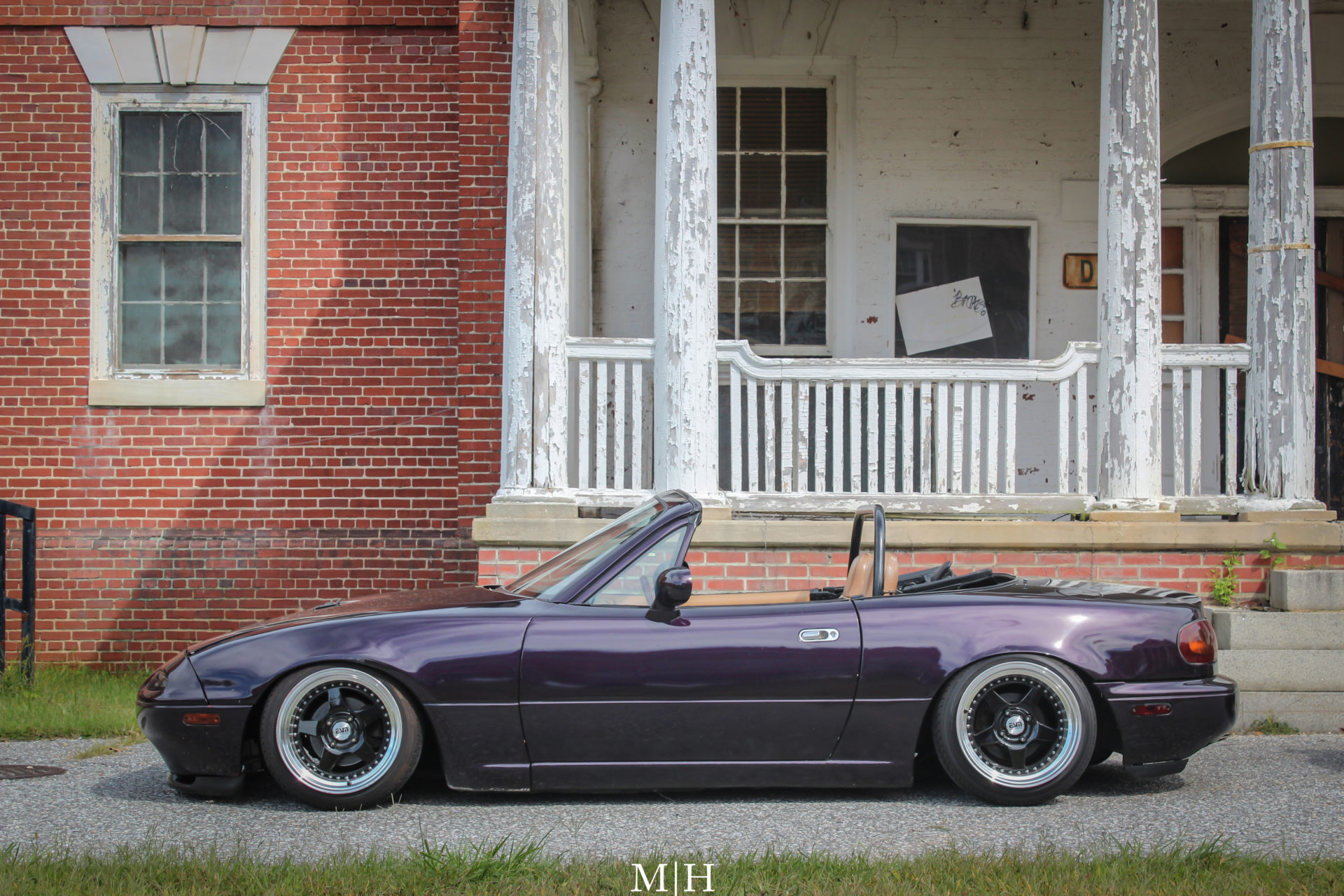Ayman Rouhani
Our monthly staff feature series highlights the diverse pursuits and hobbies of our studio members outside of the office. As an office, we believe that making time for our personal interests and activities re-energizes us, provides us with new perspectives and knowledge, and ultimately enriches our work as an architecture design studio.
Ayman Rouhani is a Designer at MBB Architects. He joined the office in 2019 and has worked on The Harry Frank Guggenheim Foundation Offices. He recently took time to tell us about his passion for working with cars.
When did you become interested in cars?
Like a lot of people, I started young. As I grew older and was able to drive and own a car that interest grew. There’s definitely pleasure in just driving, but very early on, there was something about cars that stood out to me. They were more than just a machine for getting from point A to point B. They carried with them a history, culture, an aesthetic, and an idea. At a young age, I started tinkering with cars, modifying them both performatively and aesthetically. Investing time into the car and then being able to not only see, but feel the results was something that I fell in love with.

What’s the upgrade project that you’ve loved the most?
I started with experimenting on cars and getting to know how they worked, and I really took an interest in the Mazda Miata, specifically the older generation. There’s a kind of simplicity about them, which made them easy to learn and understand.
I’ve always loved things that go fast and things that are loud, and that is usually the initial upgrade. I took an interest in something called “stance”. Stance affects how the car actually sits on the road by modifying its suspension, the wheels, and even the body of the car. You can lower a car to the ground which makes the relationship between the car and road a little bit more intimate.
It’s about balancing the form and the function as well. Unlike the manufacturer default which is more or less prioritizes function, the car begins to prioritize form. The performance is also enhanced by lowering the car’s center of gravity closer to the ground. This allows the driver to have a better connection with the road and feel the bumps, grooves and curves of the road.

How does photography play into your love of cars?
I think they go hand in hand. Great cars are fun to drive, but learning how to look at cars is its own form of appreciation. It’s about understanding cars as more than a utilitarian tool and appreciating the details and craftsmanship, and its experiential and aesthetic value.
How has working on and with cars influenced the way you think about architecture and design?
While working on cars, I was always thinking inside and out, thinking about details while considering the overall composition, thinking about how the car is perceived and imagining what more it could be. Making those judgment calls that prioritize form versus function on cars has indirectly influenced the way I think about architecture and design. Whether it’s architecture, art, or design, we’re always wrestling with the same balance of form and function – it’s both a challenge and an opportunity. (Image credit: Mitchell Hendry)
